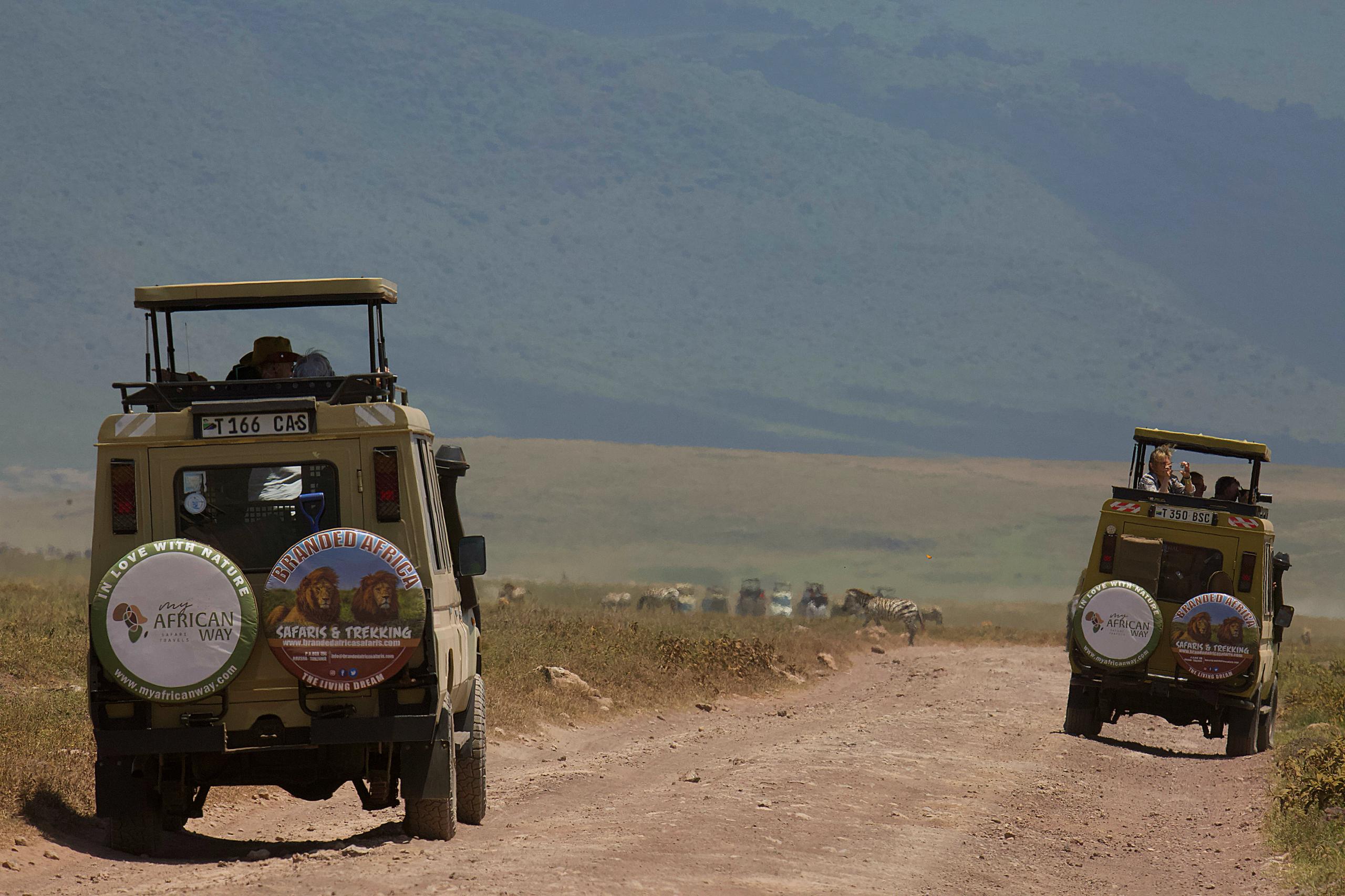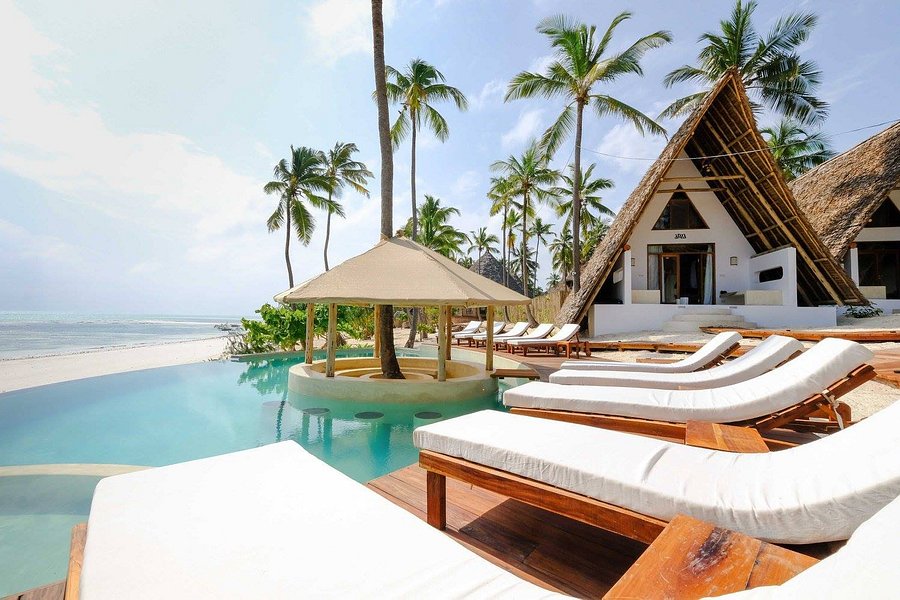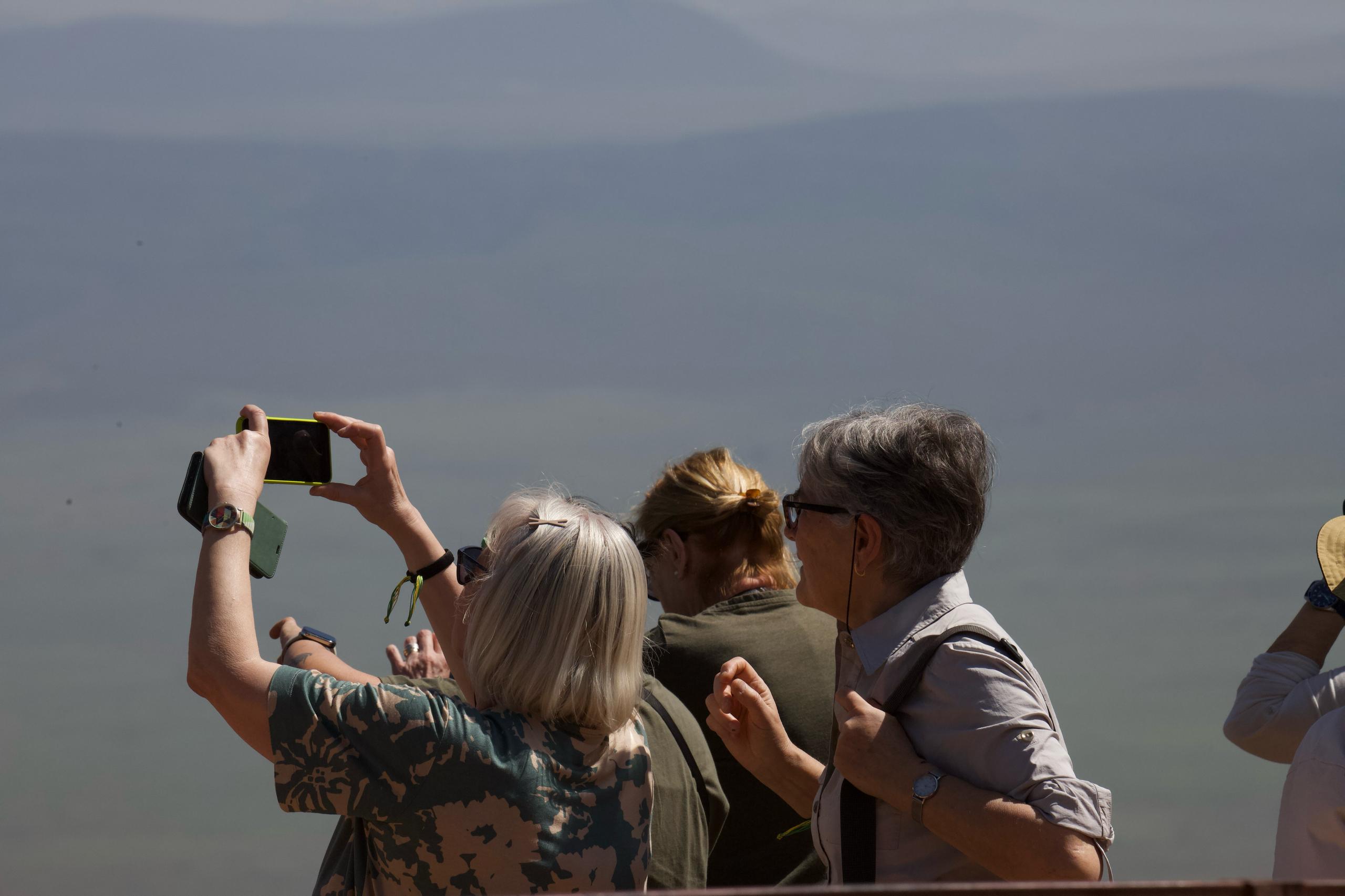Safari Packing & Preparation
Packing for a safari requires lightweight, breathable clothing in neutral colors to blend into the environment. Essentials include comfortable long-sleeved shirts and trousers for sun and insect protection, a wide-brimmed hat and sunglasses, sturdy and comfortable walking shoes or boots, binoculars and a good camera for wildlife viewing, sunscreen and insect repellent, a lightweight rain jacket for unexpected weather changes, and personal medications along with a small first-aid kit. Our team will provide a detailed packing list based on your specific safari itinerary.
Yes, most safari tours have luggage weight limits, especially if you will be traveling by small aircraft between parks. Generally, soft-sided bags weighing no more than 15-20 kg (33-44 lbs) are recommended. Hard-shell suitcases are discouraged as they can be difficult to store in safari vehicles.
Our safari accommodations range from luxury lodges and tented camps to mid-range and budget-friendly options. Whether you prefer a high-end retreat with all modern comforts or an immersive, eco-friendly tented camp under the stars, we have options to suit your preferences. Each lodge or camp is carefully selected to enhance your safari experience, ensuring you are comfortable while remaining close to nature.
The best time for a safari depends on the destination. The dry season from June to October is ideal for wildlife viewing, as animals gather around water sources, making them easier to spot. This period is particularly great for Tanzania, Kenya, Botswana, and South Africa. The months from November to March offer lush green landscapes and are perfect for birdwatching. If you want to witness the incredible calving season in the Serengeti, January and February are the best months to visit. We help you choose the best time based on your safari interests and preferences.
Planning a trip to Zanzibar
The best time to visit Zanzibar is between June and October during the dry season. This period offers ideal weather with warm temperatures and little rain, perfect for beach activities, safaris, and exploring the island. December to February is also a great time for those seeking a warm getaway. However, if you prefer fewer tourists and lower prices, consider visiting in the shoulder seasons, March to May or November.
Yes, most travelers to Zanzibar require a Tanzanian visa. However, many countries can obtain a visa on arrival at the airport or apply online for an eVisa prior to travel. Be sure to check the visa requirements specific to your nationality before your trip. You will also need a passport that is valid for at least 6 months from your date of arrival.
Zanzibar offers a wealth of exciting attractions including:
Stone Town: A UNESCO World Heritage site with rich history and unique architecture.
Nungwi Beach: Known for its beautiful white sand and clear waters, perfect for swimming and sunbathing.
Spice Tour: Discover Zanzibar’s spice plantations and learn about the island's history of spice production.
Jozani Forest: Home to the famous Zanzibar Red Colobus monkeys and lush nature trails.
Mnemba Island: A private island ideal for snorkeling, diving, and relaxing in a tranquil setting.
Yes, Zanzibar is generally considered safe for tourists. However, like any tourist destination, it’s important to follow basic safety guidelines such as keeping your valuables secure, avoiding poorly lit areas at night, and being cautious of your surroundings. It’s also recommended to drink bottled water and take necessary health precautions, like vaccinations, before traveling.
The Tanzanian Shilling (TZS) is the official currency of Zanzibar. However, US Dollars are widely accepted in most tourist areas, hotels, and tour operators. It’s a good idea to carry some Tanzanian Shillings for local purchases. ATMs are available in Stone Town and major tourist areas, but you may want to exchange your currency in advance if you’re heading to remote regions.

Latest Blog









